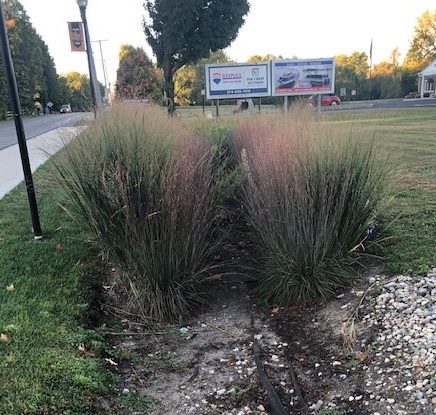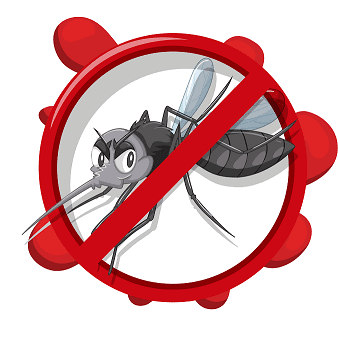Have you noticed the little “flower patch” in front of Park ‘N’ Shop? This isn’t just a random strip of ornamental grasses and flowers. It is actually a raingarden and it puts a smile on my face every time I drive by.
I love a raingarden. I have two on my property, and have written about them before. There is another raingarden by the lighthouse in the park, along with an informational sign.

According to the EPA a raingarden is:
a depressed area in the landscape that collects rain water from a roof, driveway or street and allows it to soak into the ground. Planted with grasses and flowering perennials, rain gardens can be a cost effective and beautiful way to reduce runoff from your property. Rain gardens can also help filter out pollutants in runoff and provide food and shelter for butterflies, song birds and other wildlife.
How Does It Work?
- Stormwater runoff from streets and parking lots enters the raingarden through a gradual slope
- Once the water enters the raingarden, it slowly seeps down into the soil instead of moving horizontally
- The water slowly filters through the roots of plants, where a majority of pollutants are removed
- Lastly, the purified water slowly makes its way down to the local aquifer

Installing a raingarden entails more than just digging a hole and adding some plants. Soil type, infiltration rate and slope all need to be considered. Purdue Rainscaping Education Program has a great website with a lot of information. If done properly, a raingarden can be an important environmental feature in a landscape. Not only does it improve water quality, but with the right plant selection, could become a native plant and/or pollinator habitat. WIN – WIN!

No Mosquitoes!
Raingardens are designed to hold water for only a few days after a rain event. This does not allow enough time for a mosquito to complete its life cycle. Therefore, it would not be a source of additional mosquitoes in the landscape.
Next time you drive by Park ‘N’ Shop, take time to notice this little raingarden doing some important work in our watershed. And thank the Town of Culver for being forward thinking and implementing low-impact design in our community.
“The environment is where we all meet; where we all have a mutual interest; it is the one thing all of us share.” — Lady Bird Johnson

Hi, I’m Debbie Palmer. I received a BS in Horticulture from Purdue University. Here at LMEF, I am responsible for outreach presentations, monitoring the lake and it’s wetlands, project manager for restoration and research projects, and act as a community resource for all things related to the well-being of Lake Maxinkuckee and its surrounding watershed. I completed Indiana Watershed Leadership Academy, volunteer with the Indiana Clean Lakes Program, Hoosier River Watch and Marshall County Lakes and Waters and serve as a Board Member for Indiana Lakes Management Society.


Recent Comments